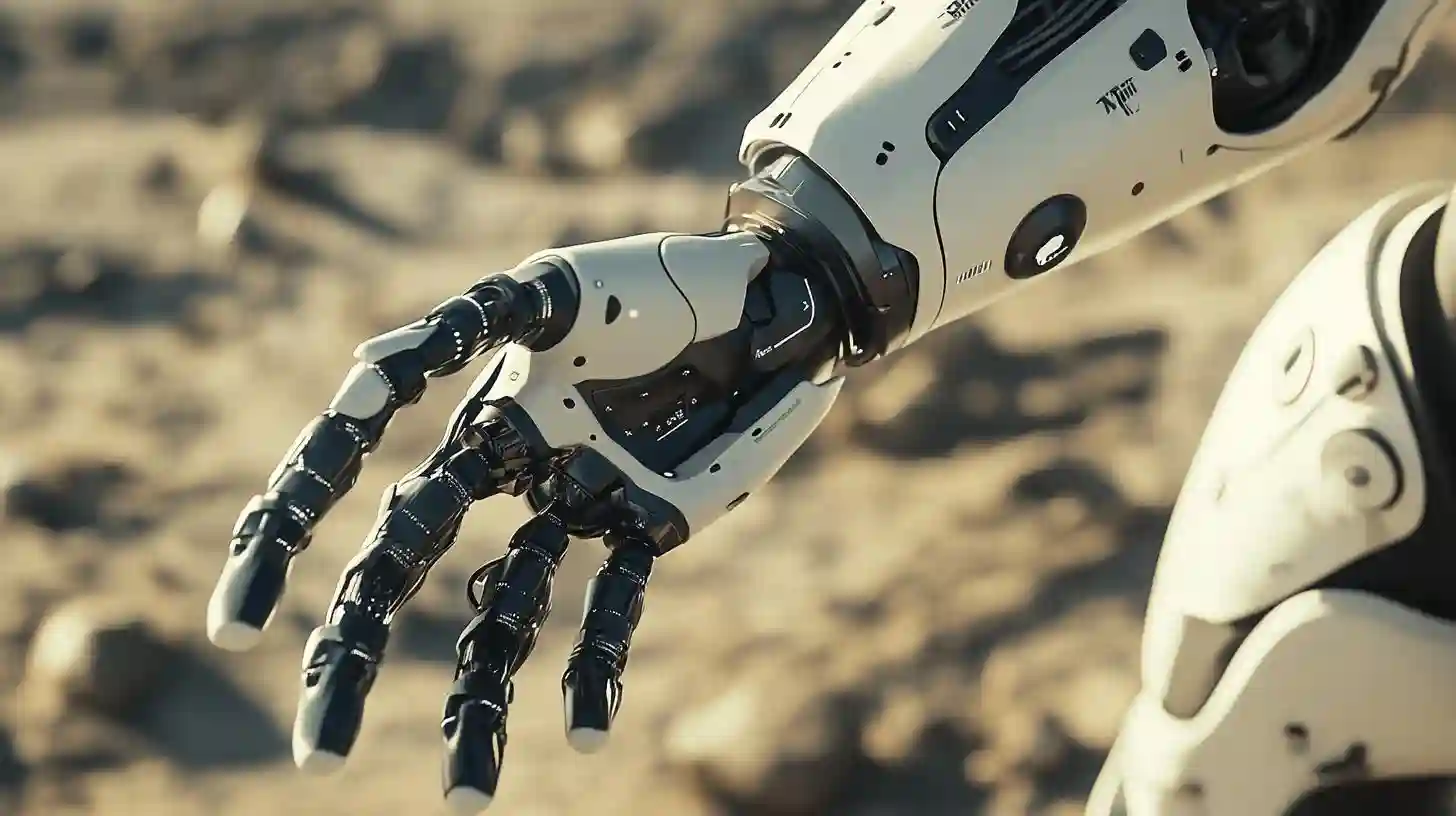
The landscape of human-machine interaction is undergoing a profound transformation with the emergence of emotional robots. As technology continues to evolve, robots equipped with the ability to recognize, interpret, and respond to human emotions are becoming increasingly part of our daily lives. These emotional robots are crafted to not only perform tasks but also to engage with humans on an emotional level, creating a more intuitive and user-friendly experience.
The development of emotional robots is rooted in advancements in artificial intelligence and machine learning. These technologies enable robots to analyze human emotions through various cues such as facial expressions, voice tone, and body language. With sophisticated algorithms, these machines can assess emotional states and tailor their responses accordingly. This emergent capability is giving machines a new dimension of interactivity that was previously confined to human relationships.
One significant domain where emotional robots are making waves is in healthcare. Patients demonstrate improved outcomes when treated with empathy and understanding, which is what emotional robots deliver. Social robots in hospitals and care facilities can attend to patients' emotional needs, offering companionship and even basic therapy. For instance, elderly individuals experiencing loneliness may find comfort in the presence of a robot capable of conversing, sharing jokes, or simply sitting quietly with them. This human-like interaction can alleviate feelings of isolation and provide emotional support that enhances mental health and overall well-being.
In educational settings, emotional robots are also breaking new ground. They serve as innovative teaching assistants that can adapt their responses based on the students’ emotional states. These robots can recognize when a student feels frustrated or overwhelmed, allowing them to respond with encouragement or alternative explanations that suit the learner's emotional needs. Such personalization can make the learning process more effective and engaging. Furthermore, the presence of these robots can foster a collaborative environment where students feel more comfortable expressing their feelings, ultimately encouraging deeper engagement with the material.
The entertainment industry is rapidly integrating emotional robots as well. Video game developers are incorporating intelligent non-playable characters that can respond to players' emotions, creating immersive narratives that resonate on a deeper level. Similarly, emotional robots designed for companionship and play can engage children in ways that stimulate imaginative thinking and emotional growth. These robots can adapt stories and interactions based on a child's mood, creating a more dynamic and interactive experience.
The customer service sector is experiencing a revolution due to emotional robots as well. Companies employ these robots in various roles, from providing advice and answers to acting as companions to consumers. Equipped with the capability to understand customers' feelings, these robots can enhance their experience by offering empathetic responses that businesses often fail to deliver through traditional customer service channels. This approach not only improves customer satisfaction but also builds brand loyalty by creating a more human-like interaction.
The ethical implications surrounding emotional robots deserve attention as they gain a foothold in society. While these robots provide numerous benefits, questions arise about their role in human relationships. Can a robot truly replace the emotional connection humans need? The potential for dependency on machines for emotional support may alter how individuals interact with one another. Additionally, by relying on emotional robots for companionship, individuals may experience diminished social skills, leading to potential isolation from genuine human experiences.
Moreover, the design and programming of emotional robots must consider cultural sensitivity. Emotions are interpreted differently across various societies, and a robot that fails to navigate these complexities may inadvertently offend or alienate users. It is imperative that developers prioritize cultural empathy in the creation of emotional robots to ensure their effectiveness and acceptance in diverse environments.
As these emotional robots continue to evolve, their integration into society will likely expand. They will reshape how we interact with machines, blurring the lines between human and machine connections. As we embrace this new era, it is crucial to strike a balance between the benefits they provide and the potential pitfalls they may introduce. The journey of emotional robots is just beginning, and their impact on our daily lives will unfold in myriad ways, challenging us to rethink our understanding of emotions, relationships, and the role of technology within them. Each advancement in this field carries the potential to enrich human experiences, prompting us to explore novel dimensions of companionship and coexistence with machines.